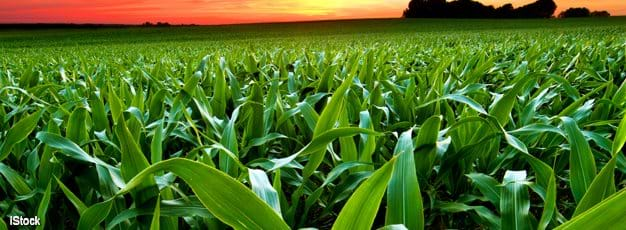Returns to Organic Corn Production Were Higher Than Conventional in 2010

While organic corn accounted for less than 1 percent of total 2010 corn acres, acres planted to organic corn nearly tripled between 2001 and 2010. In contrast, total corn acres increased only 11 percent during the same period. The growth in organic corn acres was likely the result of high returns to organic corn production, but its share in total corn acres remains low possibly due to fixed costs and 3 years of time needed to convert land from conventional to organic production.
Data from ERS costs of production accounts and the corn version of the 2010 Agriculture Management Resource Survey (ARMS) were used to compare costs and production practices for organic and conventional producers planting at least 1 acre of corn with the intent of harvesting it for grain. Producers saw average returns of $307 per acre for conventional corn compared with $557 per acre for organic corn in 2010. The gross value of production per acre from organic corn exceeded that from conventional corn in 2010, due primarily to higher organic corn prices that outweighed the effects of lower yields.
In 2010, total operating and ownership costs per acre (seed, fertilizer, chemicals, custom operations, fuel, repairs, interest, hired labor, capital recovery of machinery and equipment, taxes, and insurance) were not significantly different between organic and conventional corn. However, many of the individual cost components differed considerably, due to the nature of the inputs required for organic production. The costs for two major cost components, seed and fertilizer, are higher for conventional corn than for organic corn. Seed costs per acre are higher for conventional corn producers because they mostly use genetically modified seed, which costs more than the non-genetically modified seed used on organic corn acres. Since use of synthetic fertilizers is not allowed on organic acres, organic producers applied fewer pounds of fertilizers to their acres. With many chemicals not allowed on organic acres, organic producers had much lower chemical costs per acre.
In contrast, costs per acre related to the use of farm machinery and labor are lower on average for convention corn production. ARMS data show that conventional corn producers average slightly less than five trips across a field compared with more than eight for organic corn producers. Organic producers often use mechanical means to control weeds rather than chemicals, resulting in higher per acre expenses for fuel, repairs, capital recovery of machinery and equipment, and labor.
Most organic corn production occurs in the northern regions. With organic producers banned from using many chemicals to control pests, northern locations are advantageous, since colder weather reduces pests. If returns from organic corn production continue to remain high, further expansion in organic corn acres could occur in future years.
Characteristics and Production Costs of U.S. Corn Farms, Including Organic, 2010, by Linda Foreman, USDA, Economic Research Service, September 2014


